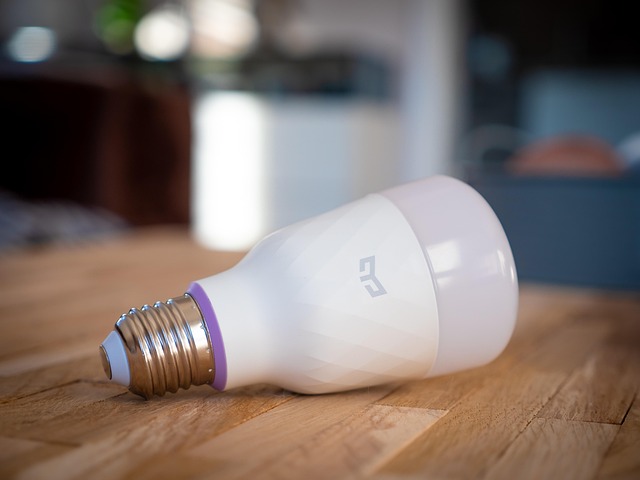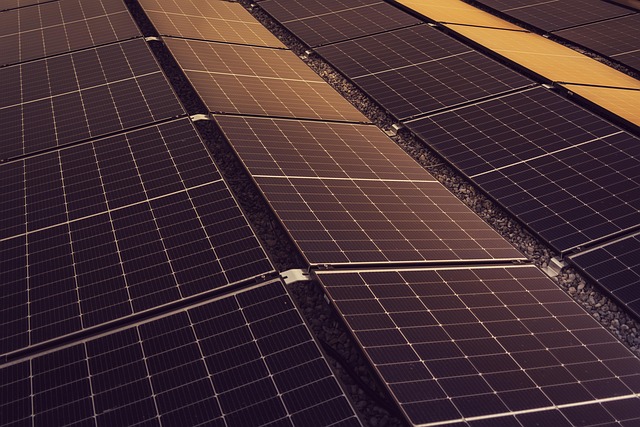Innovating Sustainability: The Rise of Eco-Design
As the world grapples with environmental challenges, the concept of eco-design emerges as a beacon of hope and innovation. It is more than just a buzzword; it represents a profound shift in how we think about product development and the impact we have on the planet. Every day, designers and innovators are harnessing the power of creativity to create solutions that not only cater to consumer needs but also prioritize the health of our environment.
Imagine entering a space filled with beautifully crafted furniture, each piece telling a story of sustainability. This is the magic of eco-design—the seamless fusion of aesthetics and functionality with an unwavering commitment to environmental responsibility. From bioplastics to upcycled fabrics, eco-design encourages us to choose materials that minimize ecological footprints while promoting a healthier planet.
The Principles of Eco-Design
At its core, eco-design hinges on a few essential principles. Firstly, it emphasizes the lifecycle of products, encouraging designers to consider the entire journey—from material sourcing to production, transportation, use, and ultimate disposal. This holistic approach is crucial in reducing waste and enhancing sustainability.
Moreover, eco-design advocates for the use of renewable resources. By opting for materials that can regenerate naturally, innovators not only reduce reliance on finite resources but also foster a circular economy. This principle challenges the traditional, linear “take-make-dispose” model that has long defined consumer culture.
Transforming Industries
The impact of eco-design is evident across various industries. In fashion, brands are rethinking clothing production and promoting practices like zero-waste design and sustainable sourcing. Notable examples include labels that utilize organic cotton, recycled polyester, and natural dyes, resulting in garments that are not only stylish but also environmentally sound.
In architecture and product design, eco-design principles have revolutionized how we build and create. Architects now incorporate energy-efficient systems and sustainable materials into their designs, reducing energy consumption and fostering healthier living environments. Products are being designed to be multi-functional, offering longevity and versatility, which ultimately cuts down on consumer waste.
The Role of Consumers
As consumers, we hold significant power in driving the rise of eco-design. By opting for products that reflect these sustainable values, we support brands committed to making a difference. This conscious choice not only fosters innovation but encourages more companies to embrace eco-design principles. It’s a ripple effect that starts with each purchase we make.
As we begin to recognize our role in this transformation, we empower the movement towards a greener planet. With every decision, we can champion sustainability, making eco-design the standard rather than the exception. This grassroots approach will inspire further innovation and creativity, leading to a future where sustainability and design coexist harmoniously.
The Future of Eco-Design
The rise of eco-design is not just a trend but a necessary evolution in our approach to innovation. As designers continue to explore new materials and methods, we can expect to see even more transformative solutions emerging. Innovations such as biodegradable products, smart technology that optimizes energy use, and community-focused design strategies will pave the way for a sustainable future.
In this age of rapid technological advancement, let us not forget our responsibility to the Earth. Eco-design serves as a reminder that through creativity and conscious intention, we have the power to innovate sustainably, leaving a positive legacy for generations to come.




